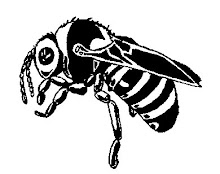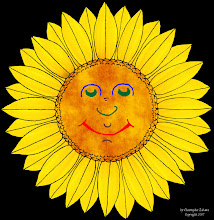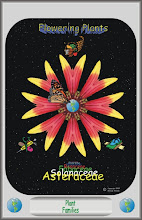


Hairy Bittercress (Cardamine hirsuta)
First plant of the year to bloom and of course it's non-native.
Considered a winter annual, the Hairy Bittercress, a member of the mustard (Brassicaceae) family, is the earliest blooming plant in this area. This species is sometime found listed under the family Cruciferae, the older family name.
Found in all but the north central United States, the Hairy Bittercress, also known as Bittercress, Land-cress and Lamb's cress, is a non-native, introduced species found in Europe and Asia. Growing in lawns, fields and roadsides, the Hairy Bittercress prefers damp disturbed areas. This plant is considered a weedy or nuisance plant in some states.
The low plant growing in small clumps have leaves ¼ inch and smaller. The plants are conspicuous in the winter and early spring since the plant, seeding in the fall, remains green through the winter, The small 1/8 inch and smaller white flowers are similar to others in this family such as the Shepards purse.
The Hairy Bittercress can be distinguished from other plants in this family by hirsute (stiff) hairs on found on their leaves.
The mature seeds will “jump” off the plant flying through the air when disturbed, aiding in dispersal of the plant.
The leaves of this plant are edible.
It is not recommended that these plants be used as medicine or food since they may have bad side effects. Similar species, misidentified, may cause illness or death.







No comments:
Post a Comment